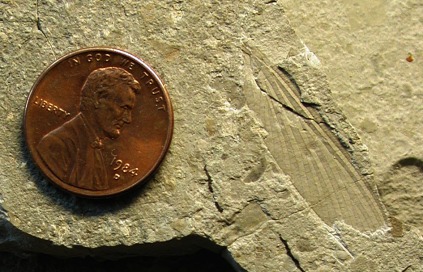You Say Ephemera, I Say Ephemeroptera
I have been fascinated by mayflies ever since I took a course in river ecology back in the 70’s and learned a bit about them and their biology. Mayflies are aquatic insects, which means they live most of their lives in the water.

Eventually the immature, water-dwelling form (the nymph, which has gills and breathes underwater) hatches into a flying adult. The adults live only a few days, and in fact have no functional mouth parts, so they cannot eat – they live just long enough to mate and they die soon afterwards. Thus the scientific name for mayflies: insect order “Ephemeroptera,” which has the same Greek root as “ephemera” – literally, “for a day.”
Because of this very short-lived adult stage, individuals of a given species of mayflies will tend to hatch nearly simultaneously and to emerge in huge swarms. People who live near lakes or rivers with abundant mayfly populations often have to sweep mayflies off their porches. These insects also mate in swarms, flying out over the water, mating in an aerial orgy, laying eggs and falling onto the surface of the water to die. Needless to say, fish love this, and it is mayflies that fly fishermen often use as patterns for their artificial flies.

Adult mayflies have more or less triangular shaped front wings, very small hind wings, and two long filaments, called cerci, trailing from their abdomen. They are not long distance fliers, but can hover and seem to dance over the water. Their wings and manner of flying are fitted well to their fairy-tale lifestyle.
But these short-lived insects have been for around a long time – Protereisma directum is a mayfly ancestor that lived in the Permian (more than a quarter-billion years ago) of central Oklahoma. Here is a photo of the fossil of the front wing of this species of fossil mayfly.

Back then, adult mayflies did have working mouthparts, so they might have lived longer than their descendents of today, but would still have been fairly short-lived. Their front and hind wings were almost the same size and shape, so they likely could fly more slowly than today’s mayflies. They did have those long filamentous cerci also.
I find it endlessly ironic that insects like these, only hours in the air in their short lives, have flown year after year for hundreds of millions of years, reproducing and evolving and attaining their own kind of longevity, their own permanent sort of impermanence. Here in this imprint of the wing of a tiny insect that flew for a only a few days 275 million years in the past, there is much for us to marvel at and ponder. Ephemera, indeed!
– Roy Beckemeyer
